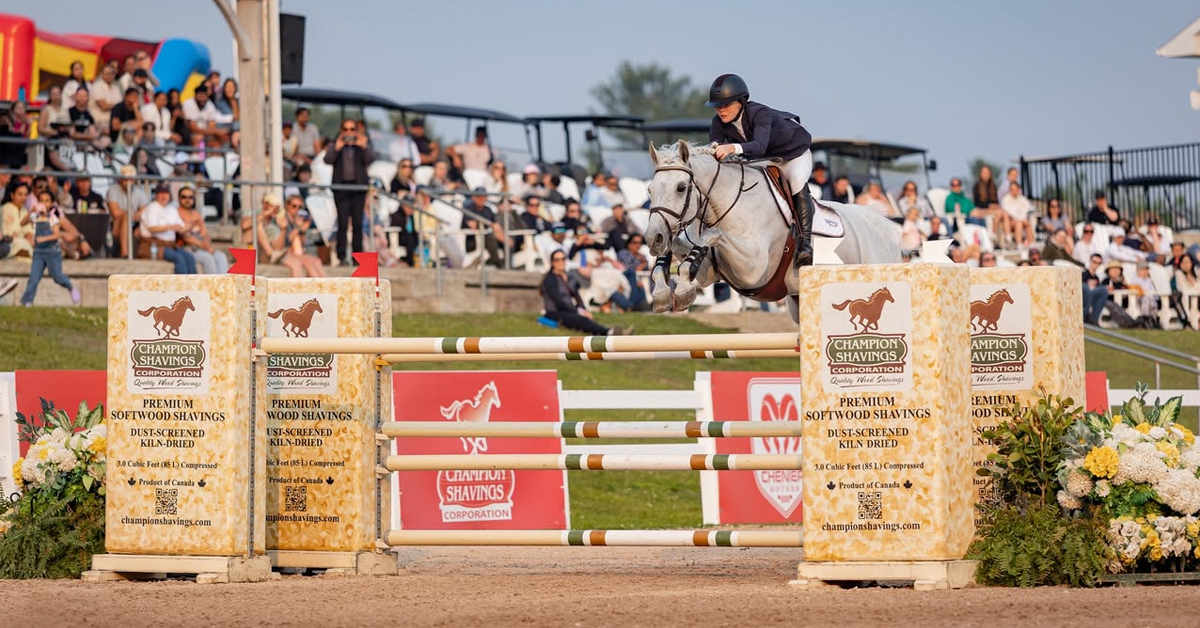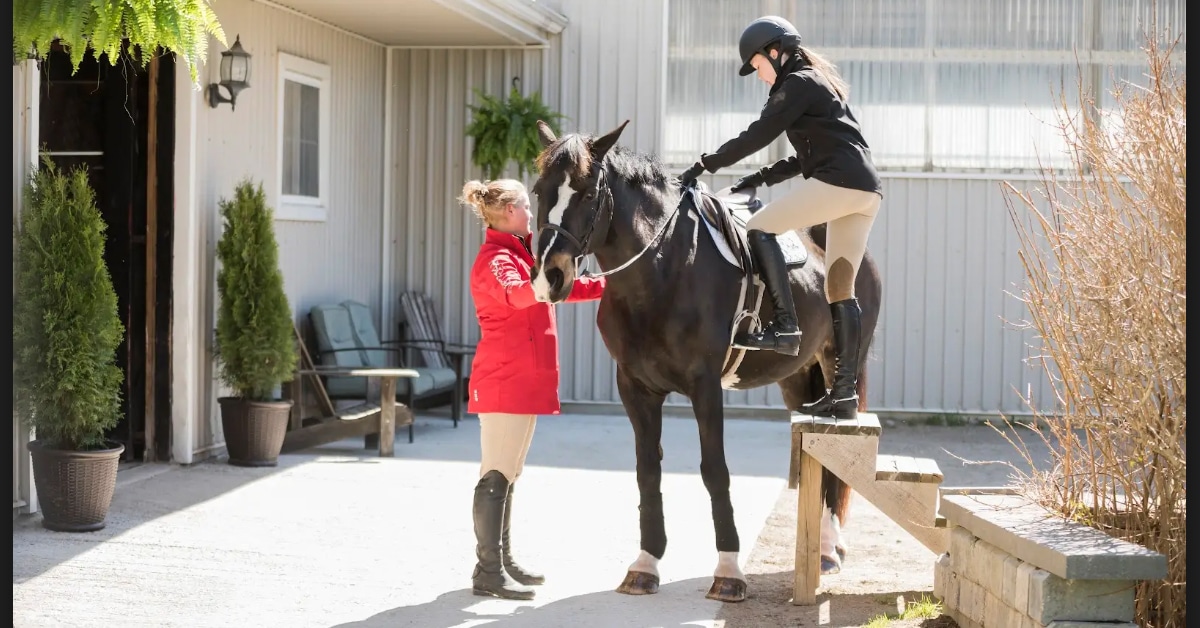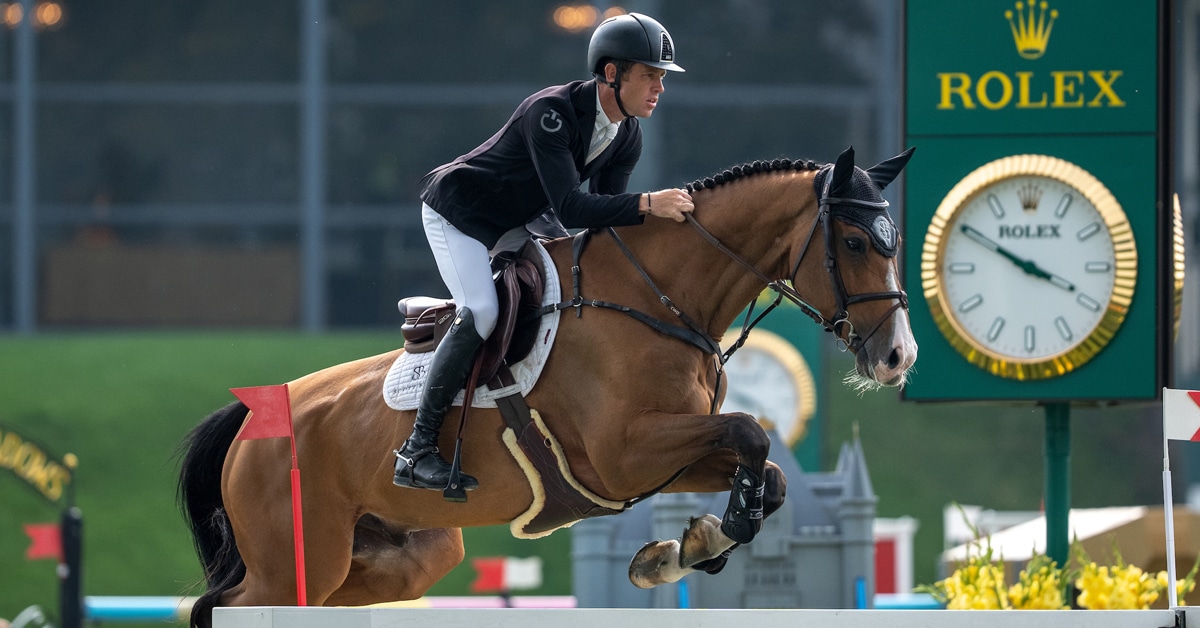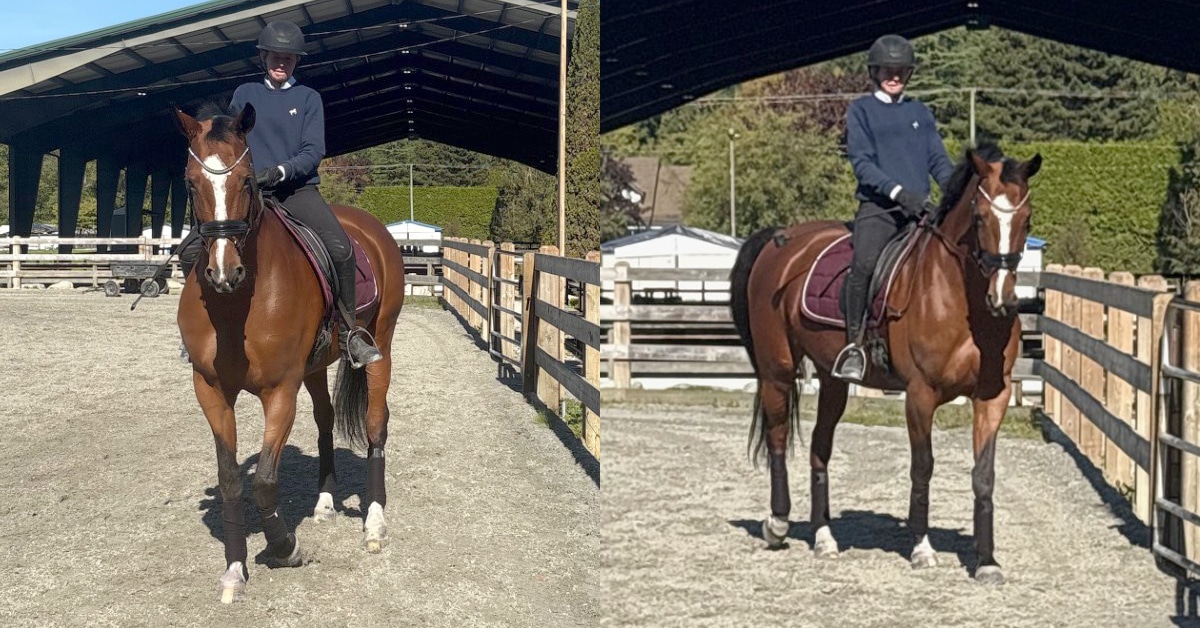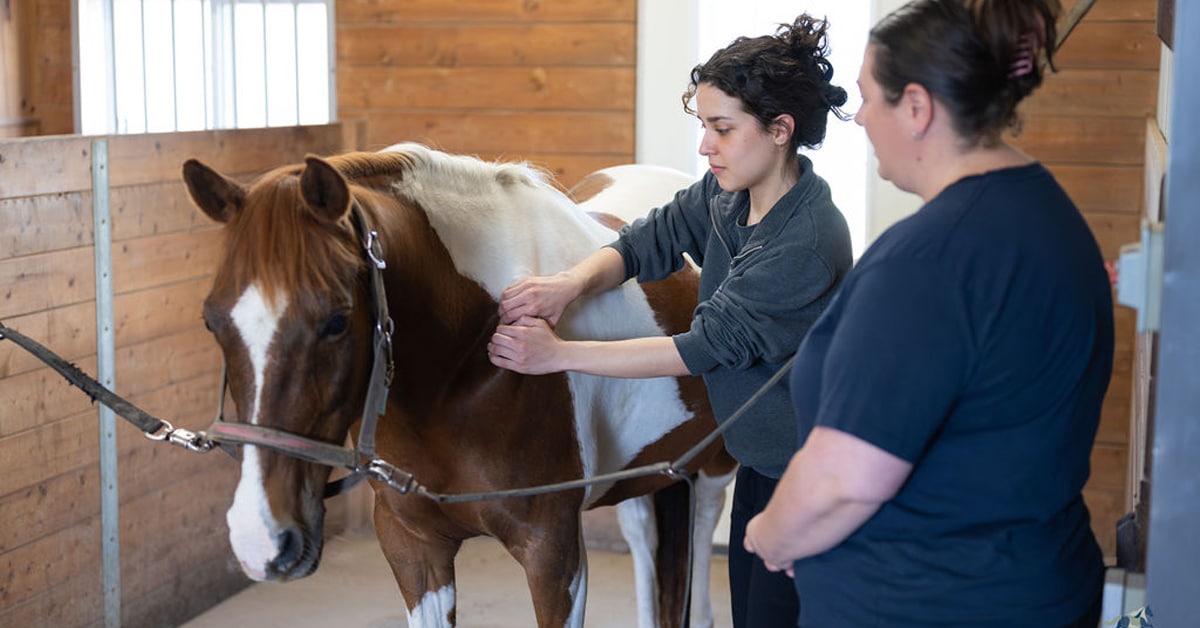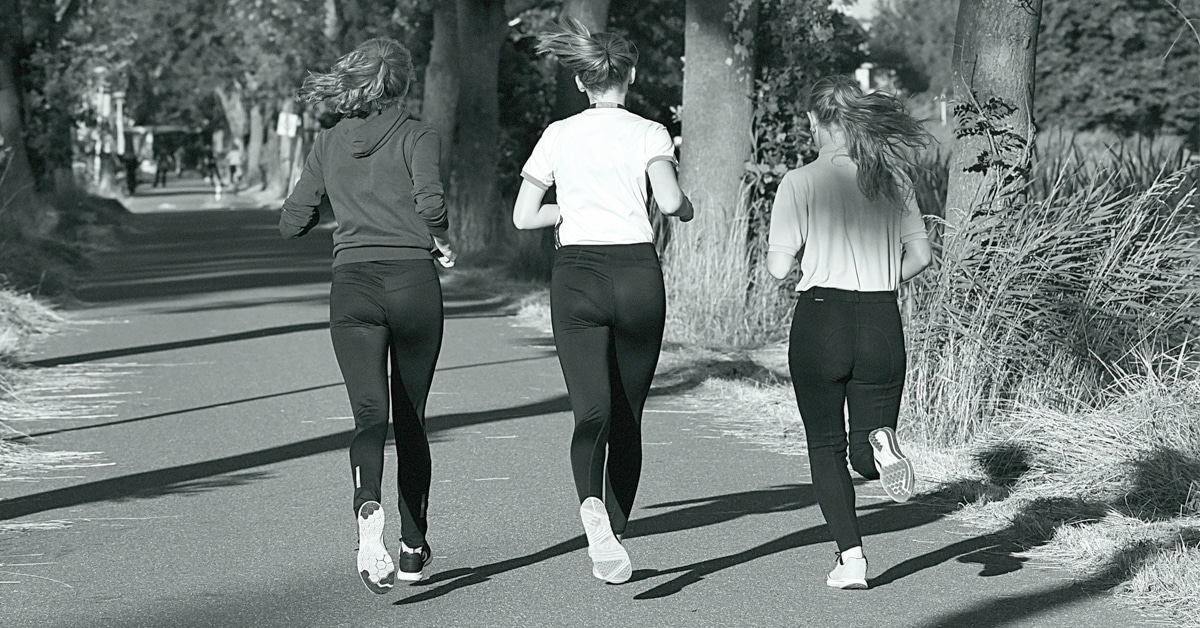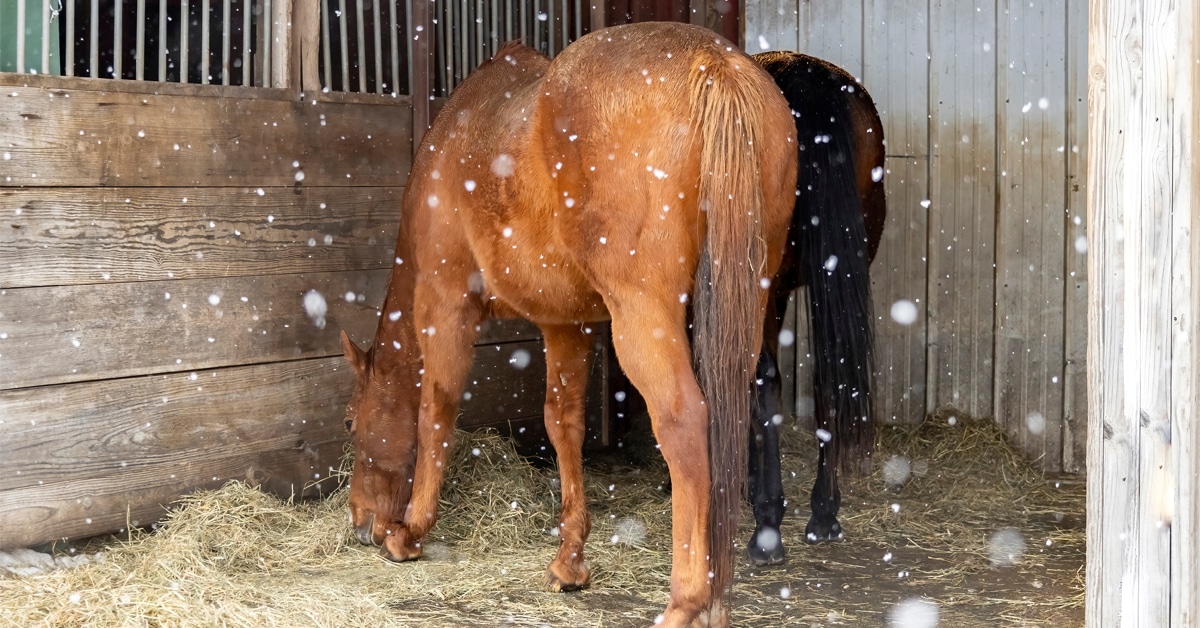Colic is a broad term that encompasses a variety of health issues that cause abdominal pain. Impaction colic occurs when digested material is stuck in the gastrointestinal (GI) tract. This most commonly occurs in the large colon in places where the diameter of the colon changes, such as at the pelvic flexure. If you suspect impaction colic, your veterinarian should be contacted immediately, as this is an emergency!
There are numerous potential causes of impaction colic:
- parasites
- compromised dentition impacting the ability to chew hay
- blockages in the GI tract caused by tumours or indigestible materials
- poor quality hay
- dehydration
- sand ingestion
to list just a few.
Working closely with your veterinarian to manage parasite load and overall health is critical to prevent impaction colic. Additionally, there are numerous nutritional considerations and supports that can be implemented as preventative measures.
Water
Providing your horse with free-choice access to fresh, clean water is necessary for their health. However, even with water available at all times, horses might not want to drink it. For example, in the winter, when water is very cold – but not yet frozen – horses might consume less. Heating your water source in cold weather and always ensuring that it is kept clean is one of the most important considerations.
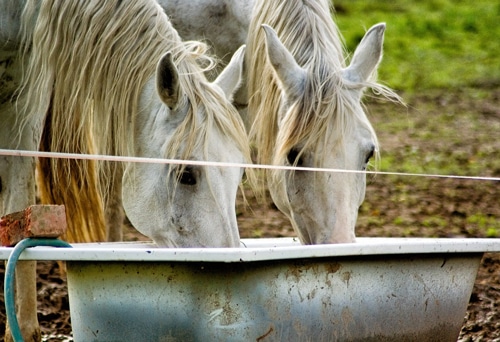
If your horse is a fussy drinker, heating it, flavouring it – or even adding apple slices! – may encourage him to consume more. (Sakari Niittymaa from Pixabay)
In some cases, flavouring the water can be beneficial to encouraging a horse to drink. Using an electrolyte mixed with the water, or even putting a handful of a tasty senior feed in the bucket can entice the horse to drink. Note that whenever flavoured water is used, the horse should still have a clean source of regular water available at all times.
Beyond altering their water source, hydration can be encouraged by adding water to a horse’s daily concentrate meals. Many concentrates are fibre-based and absorb water well when soaked prior to feeding. This is often an effective way to increase a horse’s water consumption.
Hay Quality
The quality of forage provided to a horse is not commonly thought about when it comes to preventing impaction colic, but when a horse is consuming a poor-quality hay that has an elevated amount of indigestible fibre, the risk of impaction colic is elevated. Hay with greater amounts of indigestible fibre is generally more mature, but the only way to definitively know the nutritional value of your hay is to test it. Often, your local feed store will be able to assist in this process, or you can work with a qualified equine nutritionist.
Poor-quality hay has a relative feed value (RFV) below 74, acid detergent fibre (ADF) of 46% or greater, and/or a neutral detergent fibre (NDF) of 66% or greater. Due to the amount of indigestible fibre in hay of this lesser quality, there tends to be a higher incidence of impaction colic.
Many horse owners don’t test their hay, as they figure they cannot change it, so why test it? Despite this frequently being the case when you have limited supply sources, testing is still critical, as there are numerous ways to work with the hay that you have, even if it is isn’t the best quality.
For example, if your hay has a low relative feed value, adding a source of highly-digestible soaked fibre such as beet pulp, hay cubes or a complete feed can reduce the risk of impaction colic occurring. Additionally, ensuring adequate salt intake is critical in these cases.
Salt & Electrolytes
Salt or mineral blocks should not be relied on as a horse’s only source of salt in the diet. To meet a horse’s nutrient requirements, loose salt should be added to their daily feed. For your average-sized 500 kg horse, about 30 grams, which is roughly 2 tablespoons, is recommended. Note that with any work this requirement increases.
Even when providing your horse with adequate salt in their daily meals, it is still recommended to ensure that they have free choice access to a salt source. As blocks tend to be difficult for horses to consume adequate amounts of salt from, offering a free-choice source of loose salt is a better option.
Once their dietary requirement for sodium and chloride is met with salt in their daily ration, and they have free choice access to a salt source, electrolytes should then be added any time that the horse is sweating. Providing powdered electrolytes in solution (mixed with water at a rate of about 1 oz to 1 L) is recommended.
Turnout & Exercise
Movement must also be considered, as any change in the Gi tract motility can increase the risk of impaction colic. In the winter months especially, turnout time and exercise decreases for many horses, which increases the incidence of a gastrointestinal blockage. Remember that horses have evolved to graze and be continually moving, so encouraging daily movement is recommended for preventing impaction colic as it support GI motility. This can include daily turnout, weather permitting, light riding, lungeing or even 30 minutes of hand-walking.
Take Home Message
Colic is a scary word for horse owners, and impaction colic is unfortunately a common emergency situation in equines that can prove fatal. Learning about strategies that can be implemented to monitor hay quality, encourage hydration and provide exercise is a great way to support your horse’s overall well-being any time of the year.
The Latest
